Here are some useful ideas to get you ready for your engagement session.
TIMING
Engagement sessions are the best way to get to know your photographer and enjoy the experience working with them on a photo shoot. It is also a great way to see yourself in the pictures and get a feel for the portraits and the artistic pictures we will be taking.
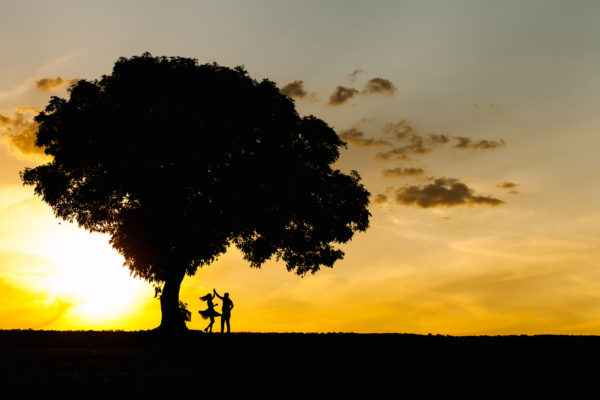
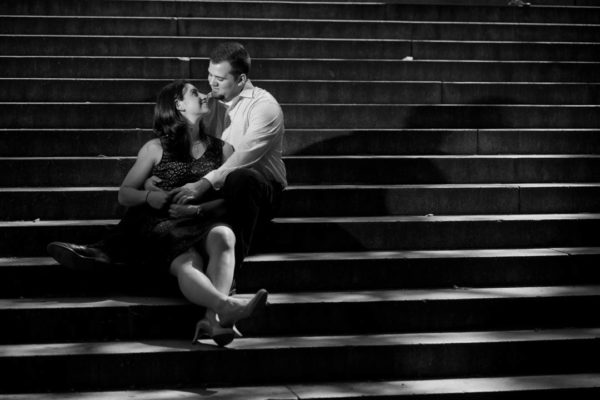
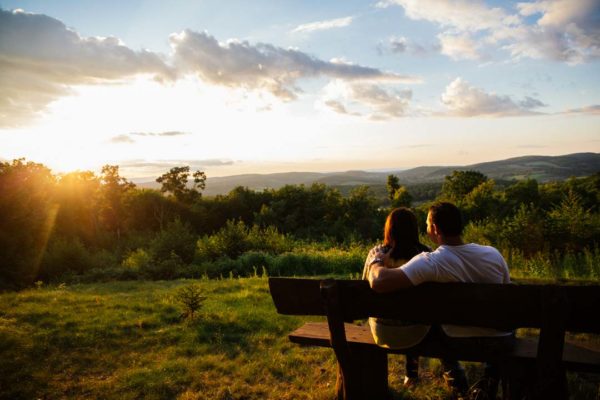

You may have heard that there are certain times of the day that are better for photos and that’s all because of the light! Golden hour, which is that beautiful time of day just before the sun sets is when you want to shoot if you’re looking for that glorious, golden light in your photos. It’s important to be aware of when the sun is going to set (you can check your weather app to find this out!) so that you have plenty of time to shoot before the light is gone. The early afternoon may sound like a good time for photos schedule-wise, but keep in mind that the light is much harsher at this time because the sun is directly overhead. Early, early morning light can also be magical, so you may want to consider a sunrise session where you arrive at your first location just as the sun starts to rise.
WHAT TO WEAR
You’ve probably read some form of this tip before, but it really is the most important thing. If you choose clothes that are too tight or clingy, you’ll spend your whole session picking at them or covering up. If you choose something you’ve never worn before, you’ll be worried about how you look in it or may discover it’s actually terribly uncomfortable, which can come across in your photos.
Choose outfits that make you feel like a million bucks. If you do purchase something new, take it out for a test run (hello, date night excuse!) with plenty of time to launder it before your session in case of a spill or other mishap. As much as you consider how your engagement outfits make you feel, think also about how they’ll photograph during your session. For the ladies, we recommend choosing pieces that flow nicely as you move, especially if you’re doing your photos outdoors.
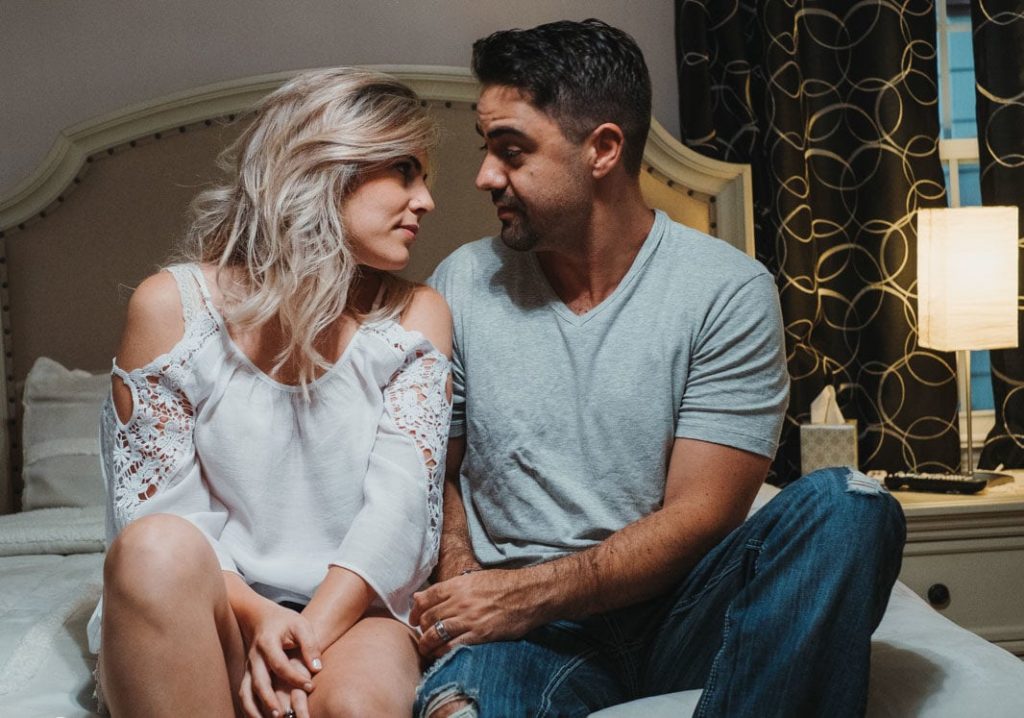
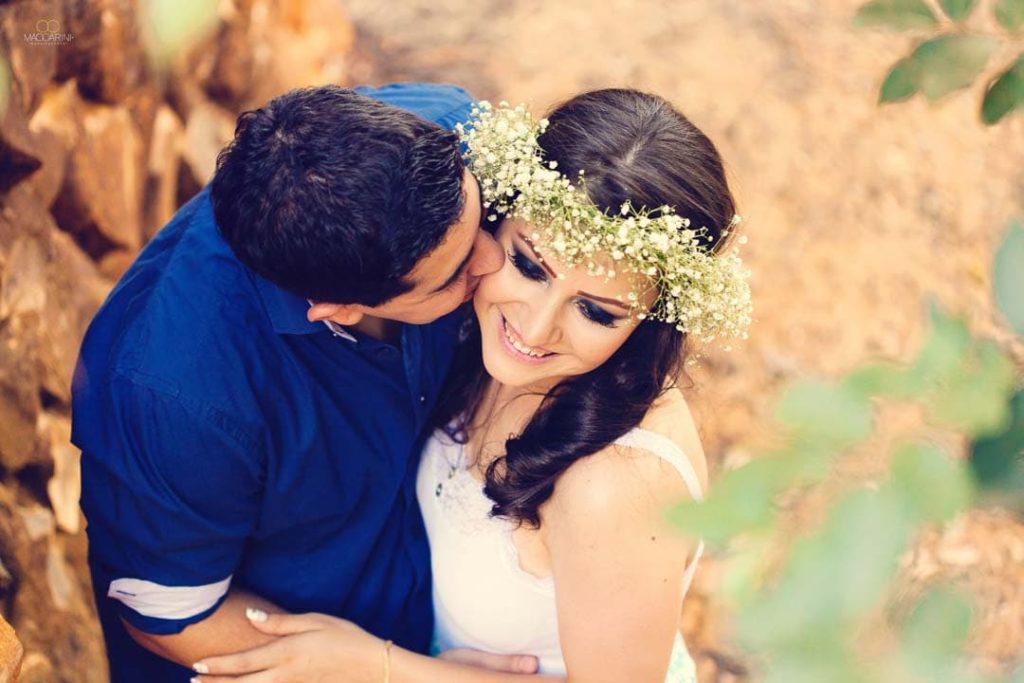
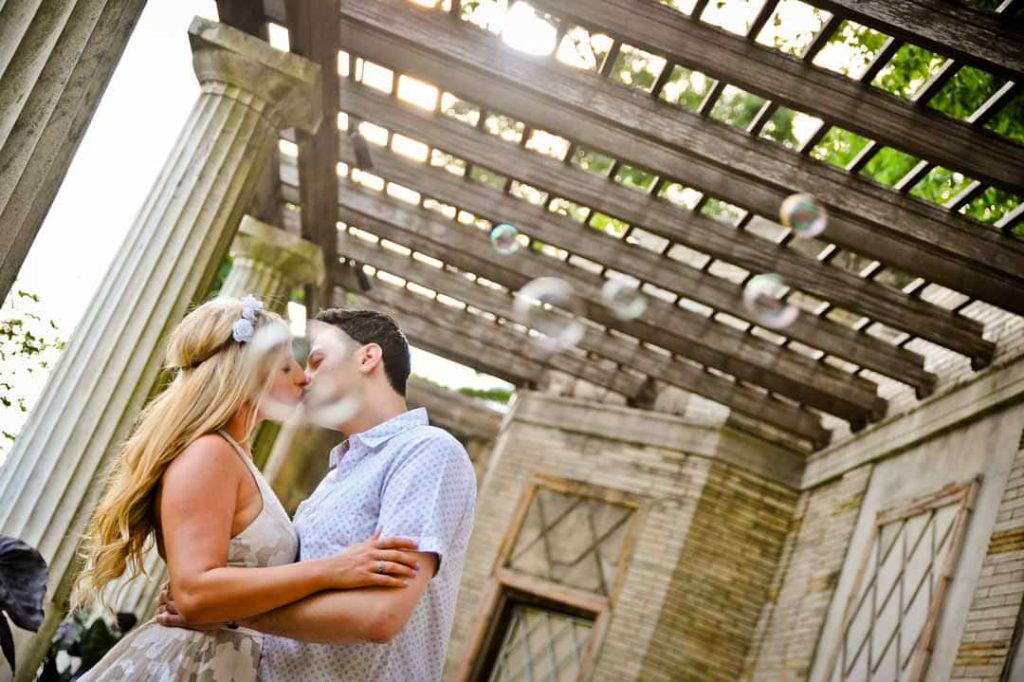
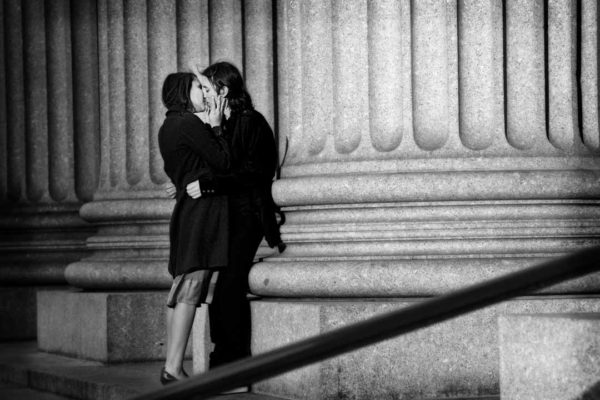
We have put together some ideas to help you plan on what to wear as you get ready for your Engagement Session. We find certain colors and fabrics photograph better than others and our goal is to help make sure you look your best. Most importantly, be yourself .. we always want you to wear clothing that showcases your personality and who you are naturally. For us, It’s all about styling and planning. We find the more time you invest in selecting a wardrobe for your photo shoot, the happier you will be with the results. Leaving the details to the last minute creates stress and takes the fun out of the day. Please don’t hesitate to consult with us on options for colors and accessories.
Dress: As a general rule, wear solid colors, as stripes and patterns draw attention away from your face. Avoid wearing turtlenecks and large loose clothing, as these often make the neck seem nonexistent, and the body looks wider than it is. Shorts or capris have a tendency to make legs appear shorter than they are.
Colors: Solid monochromatic colors are easiest to coordinate, but primary or complementary colors also look great and bring energy to the photograph. Darker colors will cause the subject(s) to appear thinner while lighter colors will make the subjects appear larger. Dark pants or jeans with dark shoes give texture and visually anchor a portrait. When choosing color schemes, consider not only what looks best on you, but also what colors will look best on wall portraits and complement your home’s décor.
Accessories: Keep it to a minimum. Avoid hats, hair ornaments, and sparkly or costume jewelry unless it does not distract from the main subject, you.
Footwear: Dress shoes and heels always photograph well if that is the vibe your going for. We recommend Avoiding running shoes, white socks, and heavy footwear. You can also consider fashionable boots, sandals or bare feet for casual photos.
Props: Props are always a great way to help showcase your personality in your engagement photos. If you are planning on using the photos for your “save the dates” we can gladly go over some ideas to make sure we come up with some fun pictures.
If it helps, you are more than welcome to bring multiple outfits to the shoot, and we can help you decide what would be most appropriate.
MAKEUP
Looking good on camera doesn’t require a makeup artist, but professional makeup tips help. Even if you prefer a natural look, the camera tends to exaggerate flaws and create artificial ones. Who needs that? These camera-friendly makeup tips focus on makeup application that enhances rather than detracts from your looks.
Makeup tips for the camera include an array of corrective and dramatic effects as well as enhancing one’s natural appearance. The key is to consider that images are two-dimensional, so shadows and highlighted areas may need to be emphasized, de-emphasized or even simulated, for the best overall effect.
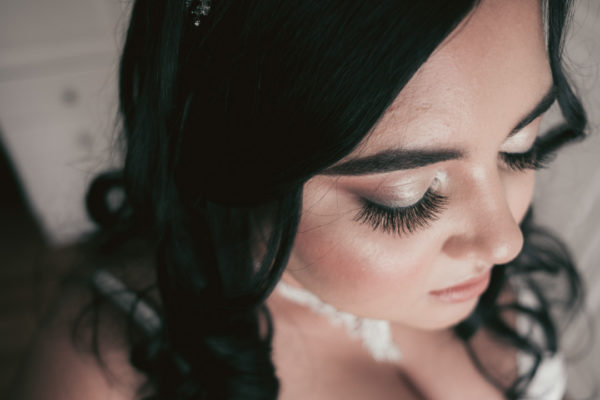

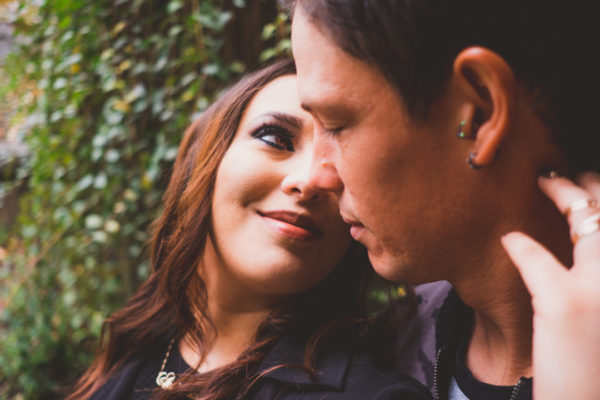
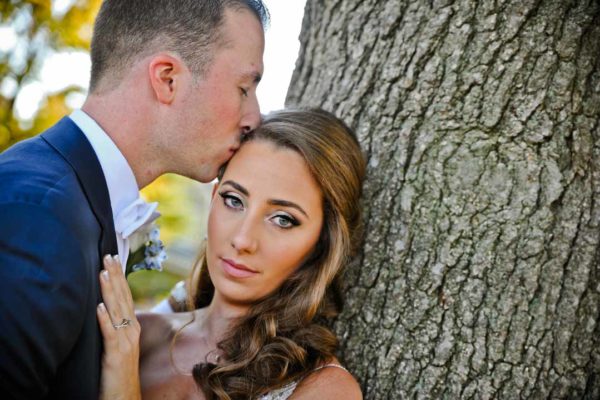
We asked some of our friends in the industry for a few tips and this is what was suggested
Skin, The Canvas: Before you apply makeup, start with smooth, toned and moisturized skin. If necessary, give yourself a facial or scrub treatment. This minimizes uneven or artificial-looking makeup application and promotes a healthy, glowing look.
Minimize Shadows: As photos are two-dimensional, the camera ages the subject by enhancing dark, fine lines, and wrinkles. To compensate, gently apply a lighter shade of concealer makeup to darker areas: around the eyes, crevices, and expression lines. Next, using an upward stroke, apply a light layer of foundation makeup over the face including lips. Blend makeup at the edges. Except for corrective work, use foundation makeup colors closely matching the natural skin color.
Bronze or Blush: Various makeup effects can be achieved with a blush. Bronzer makeup powder is widely successful and produces a natural or lightly sculpted look, depending on its application.
To apply powder blush: blow off excess from the brush and apply gently to cheekbones and above the outer corners of eyes to the temple. For a makeup application guide, make a wide peace sign with a hand. Rotate 90 degrees towards your nose. Palms out, place the point of the “V” at your hairline and align with the corner of your eye and the bottom finger resting on the cheekbone. Focus color at or one finger below this area on the cheek, and at or above this area around the eyes. Apply a second thin layer on cheeks and blend lightly at edges as needed.
**Additional makeup tip: Bronzer makeup can also be applied to the sides of the nose to minimize width. And, a darker shade of blush applied under the cheekbones produces more definition.
Eyes and Lines: Unless you like the look or have the eyes for it, avoid harsh lines or the raccoon look, it makes the eyes look smaller and deeper set. Try a smoky colored eyeliner pencil, and smudge a bit if necessary. With liquid eyeliner, an option is to dot the eyeliner next to the eyelash base rather than create a solid line. For a different look, limit liquid eyeliner application to the top eyelid and/or the outer corners of the eyes. Smoky eye shadow applied above the eyelids and blended with the outer corners of the eyes also creates a desirable effect; a highlighted brow area enhances this effect.
**Additional makeup tip: To soften lines, lightly wipe the lid and brow area once or twice with a powder makeup brush dipped in light pink blush.
Lips: Most lips benefit from definition, even when lipstick is not generally used. For a natural but polished look, try a shade or two darker than your lip color, apply lip pencil, smudged lips a bit and use a little gloss or lipstick.
**Additional makeup tip: Apply a lighter lip color or gloss only to the center of lips to enhance a pouty look.
Powder: When Not to Shine – Apply a light dusting of translucent powder over your face to avoid shine and set makeup. Concentrate on the T-zone as necessary, and apply sparingly to lined or dry areas.
Eyebrows: Before applying makeup ensure that the eyebrows are properly shaped as they affect facial expression. For a guide, align a pencil vertically along the edge of the nostril and inner corner of the eye. Do the same for the outer corner of the eye. This makes a good start and endpoint for the eyebrow. If the eyebrow arch needs help, align the pencil with the edge of the nostril and the outer edge of the iris to determine the highest point of the arch. Tweeze stray brows outside these areas and use an eyebrow pencil for even more definition. However, it is best to avoid significant tweezing just prior to applying makeup.
Red Eyes: To brighten the whites of the eyes and minimize redness line the inner lower eyelid with a light blue eye pencil.
SET THE SCENE
Location, Location, Location
Location is everything, so before heading to your neighborhood park for engagement photos, think about what you really love as a couple and what places reflect that. If you relish over making coffee together and snuggling on the couch with some good ole Netflix, maybe an at home session is right for you. Are you an adventurous couple who spends your weekends’ hiking? Take your photos in the forest or mountains, hiking gear in tow. Don’t be afraid to incorporate your favorite activities like riding bikes or taking a canoe down to the lake.


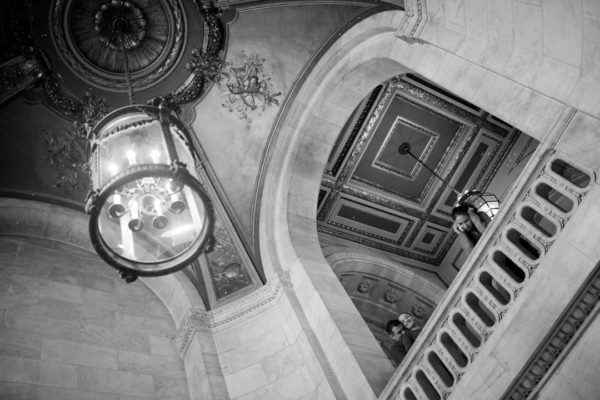
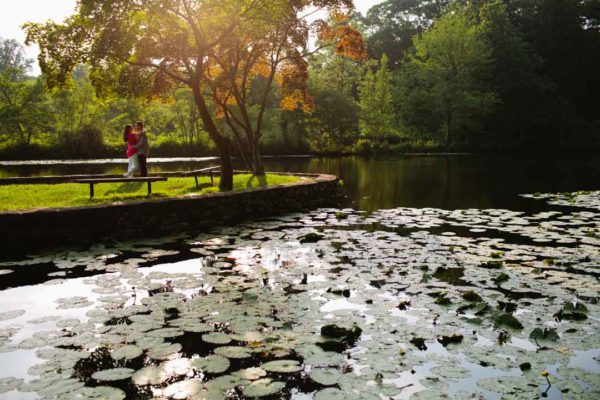
When All Else Fails …. Kiss
If you haven’t spent a lot of time in front of a camera (and let’s face it – who has?), you may be pretty nervous or become stiff during your shoot. A quick way to loosen up while still getting great photos is to go in for a kiss! This can help you connect with your partner and forget the camera is even around, which makes for more natural photos anyway.